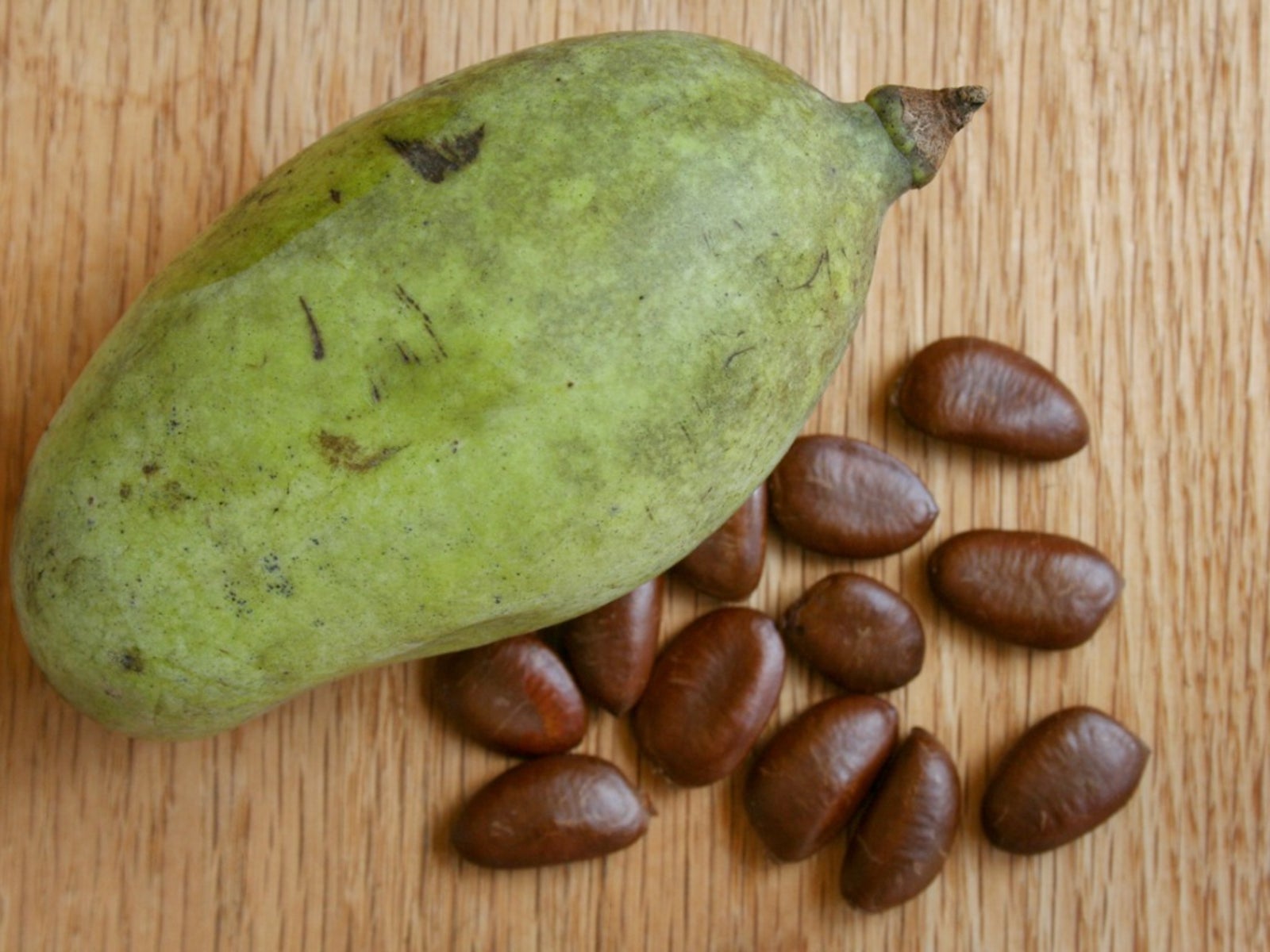
For those of you who live in the eastern United States, pawpaw fruit may be very commonplace, albeit generally unavailable, except perhaps at a farmers' market. Due to the difficulty in transporting ripe pawpaw, it’s hard to find the fruit at the local grocers. All the more reason for those of us outside this region to try growing pawpaw trees in containers. Read on to find out about growing pawpaw trees in containers and how to care for a potted pawpaw tree.
How to Grow a Pawpaw Tree in a Pot
Pawpaw is the largest American fruit, weighing up to a pound (0.5 kg.). Originally native to the eastern United States, the Native Americans spread the fruit west into Kansas and as far south as the Gulf of Mexico. Pawpaw is packed with nutrients. They have almost as much potassium as bananas and three times more Vitamin C than apples, along with plenty of magnesium and iron. All this in a fruit that is exotically ambrosial with a flavor between a mango and a banana. Growing a potted pawpaw is actually an excellent idea, at least for a while. The tree has certain requirements that might be more easily accommodated as container grown pawpaw. Pawpaw trees require warm to hot summers, mild to cold winters, and a minimum of 32 inches (81 cm.) of rain per year. They need a minimum of 400 chill hours and at least 160 frost-free days. They are sensitive to low humidity, dry wind, and cool maritime air. Additionally, young trees are particularly sensitive to full sun and require protection, which may make growing a container grown pawpaw the perfect solution.
Care for a Potted Pawpaw Tree
Select a large container to grow your container grown pawpaw. In nature, the trees are relatively small, around 25 feet (8 m.) in height, but even so, take that into account when selecting a pot. Also consider having the pot on a set of wheels to make it easier to move the pawpaw around if needed. Soil should be slightly acidic with a pH of 5.5 to 7, deep, fertile, and well-draining since pawpaw dislikes waterlogged soil. To retain moisture and keep roots cool, apply around 3 inches (8 cm.) of mulch, taking care to keep it away from the trunk of the tree. Thereafter, pawpaw care in containers is minimal. Keep the tree adequately watered during the growing season. Remember that container grown trees dry out more quickly than those in the ground. Provide shade to trees that are under 1.5 feet (46 cm.). As the tree matures, it will require full sun to fruit. Pawpaw care in containers includes feeding the tree regularly. Feed the tree with a supplemental fertilizer during the growth phase in the amount of 250 to 500 ppm of soluble 20-20-20 NPK.
Sign up for the Gardening Know How newsletter today and receive a free copy of our e-book "How to Grow Delicious Tomatoes".

Amy Grant has been gardening for 30 years and writing for 15. A professional chef and caterer, Amy's area of expertise is culinary gardening.
